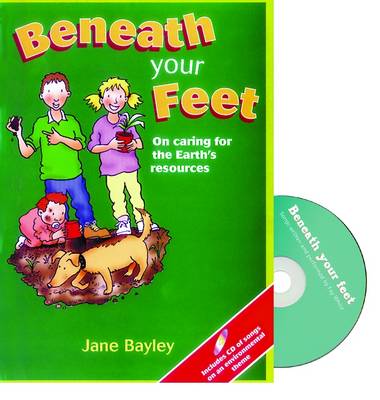Filters
Clear allSubject
- Careers (76) Apply Careers filter
- Climate Change (27) Apply Climate Change filter
- Computing (4) Apply Computing filter
- Cross curricular (22) Apply Cross curricular filter
- Design and technology (36) Apply Design and technology filter
- Engineering (10) Apply Engineering filter
- Food Preparation and Nutrition (3) Apply Food Preparation and Nutrition filter
- Mathematics (13) Apply Mathematics filter
- Psychology (1) Apply Psychology filter
- Space (3) Apply Space filter
- STEM Ambassadors (6) Apply STEM Ambassadors filter
Age range
Type
- Activity sheet (136) Apply Activity sheet filter
- Article (60) Apply Article filter
- Assessment (4) Apply Assessment filter
- Audio (49) Apply Audio filter
- Data set (4) Apply Data set filter
- Demonstration (5) Apply Demonstration filter
- Experiment (15) Apply Experiment filter
- Game (6) Apply Game filter
- Group work (2) Apply Group work filter
- Image (12) Apply Image filter
- Information sheet (56) Apply Information sheet filter
- Interactive resource (3) Apply Interactive resource filter
- Open-ended task (3) Apply Open-ended task filter
- Poster (3) Apply Poster filter
- Presentation (30) Apply Presentation filter
- Quiz (7) Apply Quiz filter
- Research (37) Apply Research filter
- Self assessment (2) Apply Self assessment filter
- Teacher guidance (152) Apply Teacher guidance filter
- Textbook (40) Apply Textbook filter
- Video (33) Apply Video filter
- (-) Remove Include Physical Resources filter Include Physical Resources
Showing 689 results
This resource from the European Space Agency climate change resource pack provides background information on the role of Arctic sea ice upon the Earth’s climate system. All activities are set in the context of the Northwest Passage. Changes in the amount of sea ice can disrupt normal ocean circulation, leading to...
This Catalyst article investigates possible careers in astronomy and space science. It provides some information on a number of academic courses leading to an exciting career in astronomy; the article also lists places to visit for those with general interest in astronomy.
This article is from Catalyst: GCSE...
A Catalyst article about using an AFM to image surfaces. The article comprises an annotated diagram of the microscope.
This article is from Catalyst: GCSE Science Review 2005, Volume 16, Issue 2.
Catalyst is a science magazine for students...
This book was written by the Nuffield Junior Science project to show teachers how seasonal materials offer children many opportunities to carry out simple investigations. The aim was to help children to build up, over the years, a picture of the continuity and wholeness...
A Catalyst article about Darwin's travels on the Beagle which gave him ideas about evolution. Darwin spent almost five years on board HMS Beagle as it sailed around the world. The purpose of the voyage was to map navigation channels around the coast of South America. Darwin was the ship’s naturalist and companion...

Forming part of a series of study units, this book is designed to encourage KS1 and KS2 pupils to take a new look at the Earth's resources, especially soils and rocks.
This resource from the European Space Agency climate change resource pack explores the topic of biodiversity and how habitat loss is a key driver of global biodiversity loss occurring today. In a series of activities students explore the importance of biodiversity focusing in particular on distributions of common...
BIOZONE’s Environmental Science Student Workbook introduces students to the Earth’s physical and biological systems, and examines the interactions of humans with their environment.
This edition includes a wealth of current content and aligns the workbook to its supporting digital resources. Structured on the...
This SATIS Revisited resource looks at the environmental and ecological consequences of further expansion of biofuel crops due to deforestation, biodiversity and landscapes.
Biodiesel is a fuel derived from biomass (...
This Catalyst article describes how, as two tectonic plates separate, wide fissures appear in the ground in northern Ethiopia. Eventually a new ocean will form in the area affected. The Earth’s surface is not stable or permanent. The tectonic plates that form our planet’s outer crust are constantly moving around,...
Produced by Twig, this animated video is a clear and accessible explanation of how the Solar System fromed. The video describes how:
* the solar system grew from a ball of gas which formed the Sun
* gravity caused heavy material to cluster together and eventually form planets
* the inner...
A podcast from the Planet Earth Online collection and the Natural Environment Research Council (NERC). Richard Hollingham finds out that bowerbirds are not just brilliant at making elaborate bowers, they are also good at mimicking other birds and most other sounds they hear, including human voices.
He also...
A study course from The Geological Museum.
An overview of Britain's land quality, underground hazards, resources and geology.
